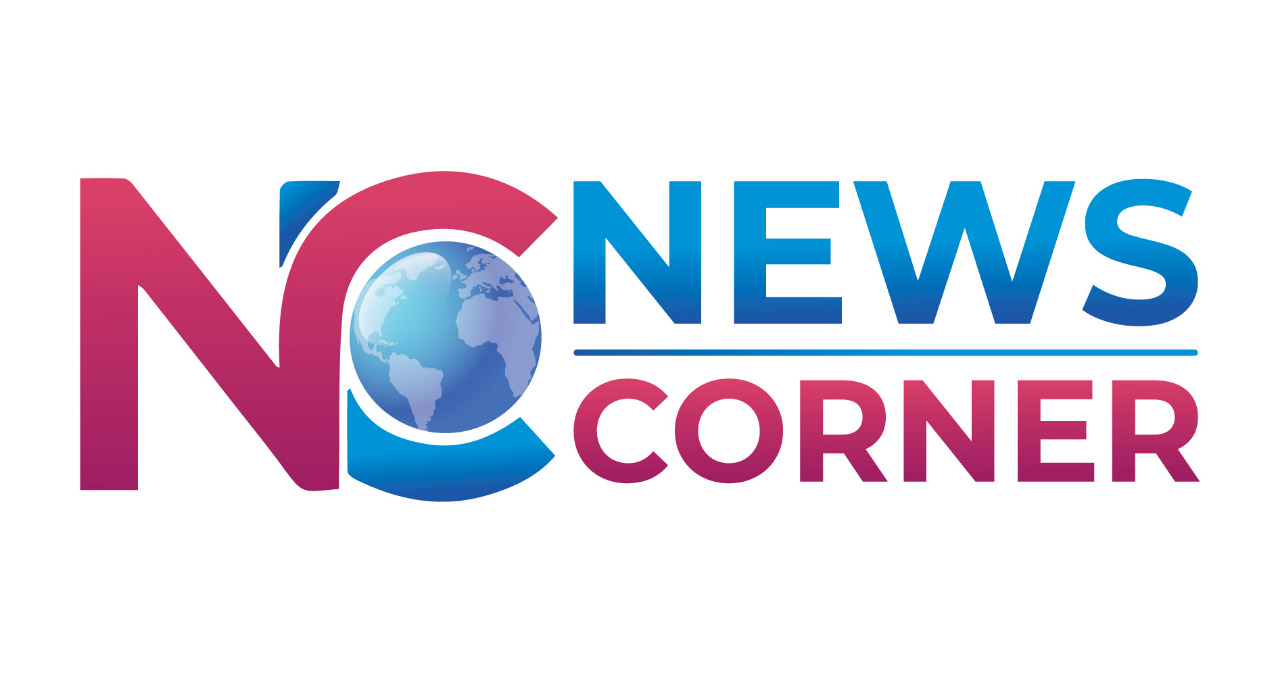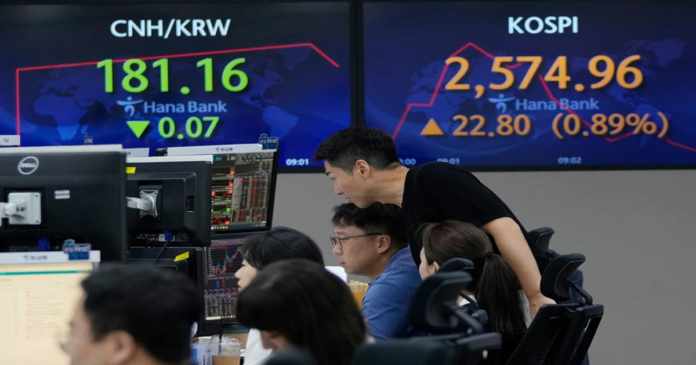Asian stocks rose as markets bet that the Federal Reserve had stopped hiking US interest rates and on expectations that Beijing’s gradual easing of policy measures would be sufficient to stabilise the Chinese economy.
Asia shares extend rally: Prior to important figures on US services, Chinese trade, and inflation later in week, there was little activity due to a holiday in the US.
Beijing is also anticipated to take more policy measures, like as easing limitations on property purchasing.
The successful extension of payments for an onshore private bond by troubled property developer Country Garden’s creditors has caused relief.
Chinese blue chips responded by gaining a further 1.3% on top of 2.2% bounce from last week.
After rising 2.3% the previous week, MSCI’s largest index of Asia-Pacific shares traded outside of Japan increased by 1.0%.
After increasing 3.4% last week, the Nikkei in Japan increased by 0.5%.
The statistics indicating businesses achieved record profits in June quarter helped the wider Topix increase 3.7% last week to its best level in 33 years.
However, the Topix only has a price to earnings ratio of 14, while the S&P 500 and Nasdaq both have ratios of 23 and 29.5, respectively.
The initial public offering of chip giant Arm Holdings, which is aiming for a price in the region of $47 to $51 and valuing the business between $50 billion and $54 billion, will test investor attitude towards the technology industry this week.
Early on Monday, both Nasdaq and S&P 500 futures showed minimal movement.
FTSE futures increased 0.4%, and EUROSTOXX 50 futures gained 0.3%. After a positive August US payrolls report raised expectations for halt to rate hikes, stocks had strengthened on Friday.
Although the headline jobs number exceeded expectations, lower adjustments to the prior two months and a slowdown in pay growth suggested that labour market was becoming more flexible.
As more people looked for work, the unemployment rate increased as well, resulting in the lowest vacancy-to-unemployed ratio since September 2021.
Finished by Fed
“This continued rebalancing of the labour market is consistent with our view that the hike in the Fed funds rate in July was the last of the cycle,” noted Goldman Sachs analysts.
At both the September and November FOMC meetings, we continue to anticipate unchanged policy.
The market appeared to concur as futures currently indicate a 67% possibility that the entire tightening cycle will end and 93% chance that rates would remain unchanged this month.
After the jobs report, Treasuries initially rose, but selling soon set in, and longer-dated rates ended Friday higher.
On Monday, there was no trade in cash Treasuries, but futures prices decreased somewhat.
This week, a minimum of seven Federal Reserve representatives have scheduled speeches ahead of the upcoming policy meeting on September 19–20. It is anticipated that both the central bank meetings in Australia and Canada this week will result in no change to interest rates.
The market is currently leaning against a raise at its September meeting following a run of weak data, and the president of the European Central Bank, Christine Lagarde, will speak later on Monday.
The US economy’s relative outperformance supported the dollar, which was trading at 146.12 yen, just below its most recent 10-month high of 147.37.
At $1.0782, only a hair’s breadth from its most recent low and significant support at $1.0765, the euro appeared vulnerable.
In terms of commodities, gold gained from the reduced threat of an increase in US interest rates to reach $1,944 per ounce.
Due to a tightening supply and the widely anticipated extension of Saudi Arabia’s voluntary 1 million barrel per day oil production reduction into October, oil prices were at seven-month highs.
While US crude increased 9 cents to $85.64 per barrel, Brent firmed 1 cent to $88.56.

